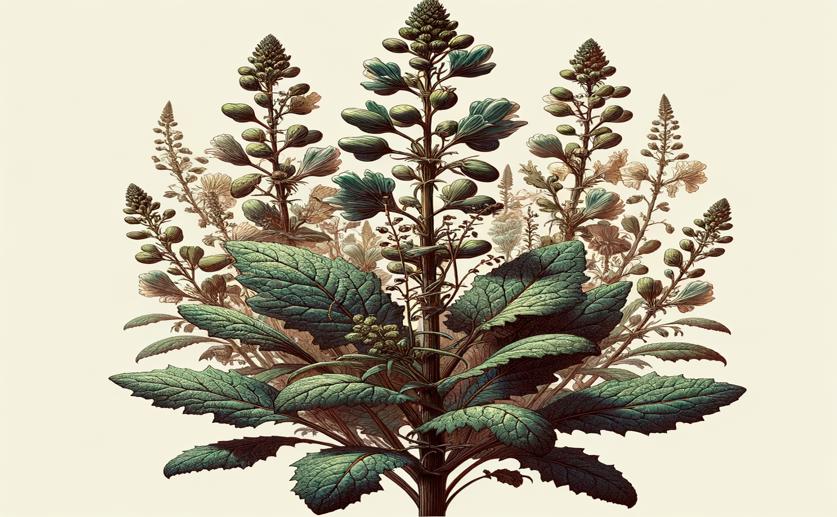
RafanoSet: A Collection of Annotated Wild Radish Weed Images for AI Detection
Jenn Hoskins
4th May, 2024

Image Source: Natural Science News, 2024
Key Findings
- Researchers created a dataset to help identify the weed R. raphanistrum in wheat fields using advanced imaging
- The dataset includes 85 multispectral images with annotations for machine learning
- This resource aims to improve precision farming by enabling targeted weed management
AgricultureBiotechPlant Science
References
Main Study
1) RafanoSet: Dataset of raw, manually, and automatically annotated Raphanus Raphanistrum weed images for object detection and segmentation.
Published 3rd May, 2024
https://doi.org/10.1016/j.dib.2024.110430
Related Studies
2) Biology, ecology and management of Raphanus raphanistrum L.: a noxious agricultural and environmental weed.



 24th April, 2024 | Jenn Hoskins
24th April, 2024 | Jenn Hoskins